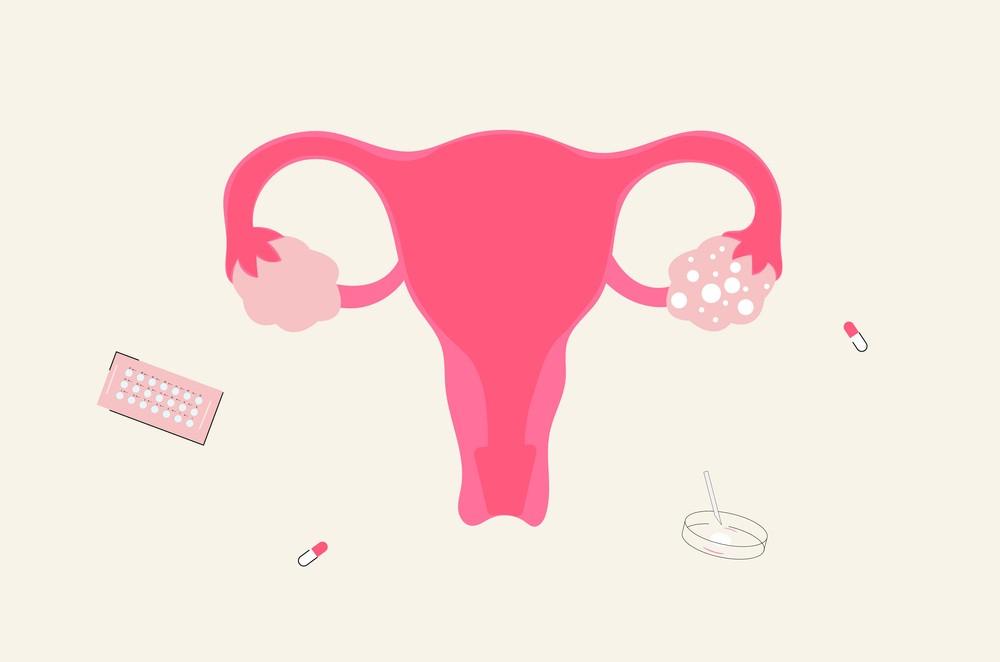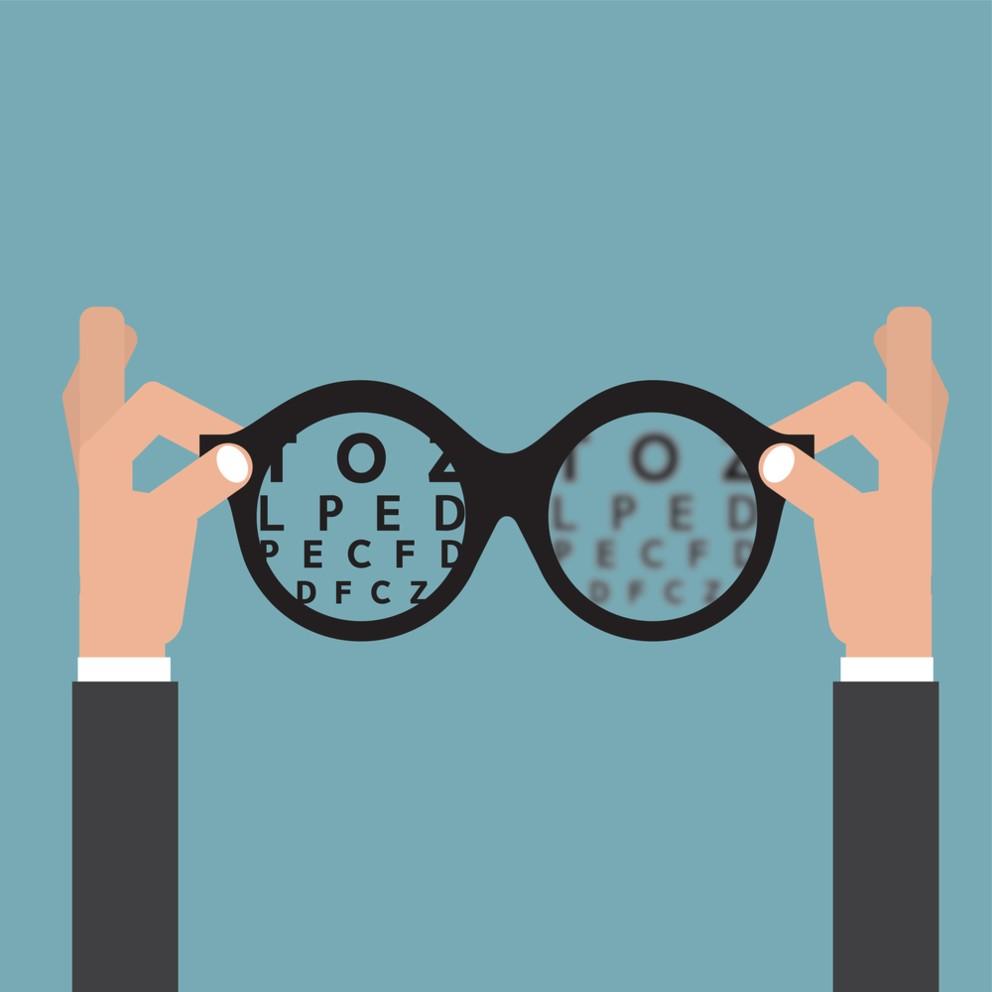
4 minute read
Subhadip Singha, semester IV
Keratoconus
Subhadip Singha, semester IV
Advertisement
Keratoconus is a condition that causes the cornea (the clear surface on the front of the eye) thin and bulge into cone shape. The cone shape cornea usually causes myopia and astigmatism, resulting in blurry and distorted vision.
Causes
The doctors and scientists don't know exactly what causes keratoconus. There are some possibilities researchers think about are: • Family history: If someone in your closest has this condition, you have a greater chance to getting it yourself. If you have it, get your child's eyes checked for signs for starting around the age 10.
• Age: It usually starts when you are a teen. But it might show up earlier or not until you are 30. But often this also affects people above 40 which is rare. • Inflammation: Inflammation from things like allergies, asthma or atopic eyes disease can break down the tissue of the cornea. • Eye rubbing: Rubbing your eyes hard over time can break down the cornea.
It can also make keratoconus progress faster if you already have it.
Signs and symptoms
People with keratoconus often notice a minor blurring and distortion their vision, as well as increased sensitivity to light. At early stages, the symptoms of keratoconus may be no different from those of any other refractive defects of the eye and gradually becomes astigmatism.
Visual acuity becomes impaired at all distances, and night vision is also poor. The disease is often bilateral, though asymmetrical. Some develop photophobia (sensitivity to light), eye strain or itching. The classical symptoms of keratoconus is the perception of multiple "ghost" images, known as monocular polyopia.

Diagnosis
It can be diagnosed thorough a routine eye exam. The ophthalmologist will examine the cornea and may measure it's curvature. This helps to show if there is a change in its shape. The ophthalmologist may also map the patient’s cornea surface using a special computer. The detailed image shows the condition of the cornea's surface.

Affected population
Keratoconus affects both men and women and all ethnic groups worldwide. The disorder tends to develop most often among adolescents at or around puberty or during the late teen age years. Recent studies (2015) show that AfricanAmerican and Latin men have greater risk of developing keratoconus. While Asian-American women and people with diabetes appear to have a lower risk. The incidence and prevalence rates reported in the medical literature for keratoconus tend to vary widely. One long-term study in the US indicated a prevalence of 54.5 diagnosed individuals, or approximately 1 in 2000 individuals. However, some estimates suggest that the incidence may be as high as 1 in 400 individuals.
Individuals with a family history of keratoconus are not at a greater risk of developing the condition than people of the general population.
Treatment
In the mildest form of keratoconus, eyeglasses or soft contact lenses may help. But as the disease progresses and the cornea gets thinner and becomes more irregular in shape, the glasses and regular soft contact lenses no longer provide adequate vision correction. Treatments for progressive keratoconus include: • Corneal crosslinking
This procedure, also called corneal collagen cross-linking or CXL , strengthen corneal tissue to halt bulging of the eye's surface in keratoconus.
There are two versions of corneal crosslinking: epithelium-off and epithelium-on. ✔ With epithelium-off crosslinking, the outer layer of the cornea (called the epithelium) is removed to allow entry of riboflavin, a type of B vitamin, into the cornea, which is then activated with UV light. ✔ With the epithelium-on method (also called transepithelial crosslinking), the corneal epithelium is left intact during the treatment. The epithelium-on method requires more time for the riboflavin to penetrate into the cornea, but potential advantages include less risk of infection, less discomfort and faster visual recovery, according to supporters of this technique.
Corneal crosslinking may significantly reduce the need for corneal transplants among keratoconus patients. It is also being investigated as a way to treat or prevent complications following LASIK or other vision correction surgery.
Using a combination of corneal crosslinking and Intact, implants have also demonstrated promising results for treating keratoconus. Also, progressive mild to moderate keratoconus has been safely and successfully treated with a combination of corneal crosslinking and implantation of a phakic toric IOL. Page 71
• Custom soft contact lenses
Recently, contact lens manufacturers have introduced custom soft contact lenses specially designed to correct mild-to-moderate keratoconus. These lenses are made-to-order based on detailed measurements of the person's keratoconic eyes and are more comfortable than gas permeable lenses (GPs) or hybrid contact lenses for some wearers.
Custom soft contact lenses are available in a very wide range of fitting parameters for a customized fit and are larger in diameter than regular soft lenses for greater stability on a keratoconic eye.
In a recent study of the visual performance of toric soft contacts and rigid gas permeable lenses for the correction of mild keratoconus, though GP lenses provided better visual acuity in low-Corneal transplant.
In some cases of advanced keratoconus, the only viable treatment option is a cornea transplant, also called a penetrating keratoplasty (PK or PKP). It can take several months for your vision to stabilize after a cornea transplant and you will need eyeglasses or contact lenses afterwards to see clearly.
References:
• Keratoconus: Symptoms, causes and treatment options by All about vision • Keratoconus by Mayo clinic • Keratoconus by Wikipediea • What Is Keratoconus? by WebMD







